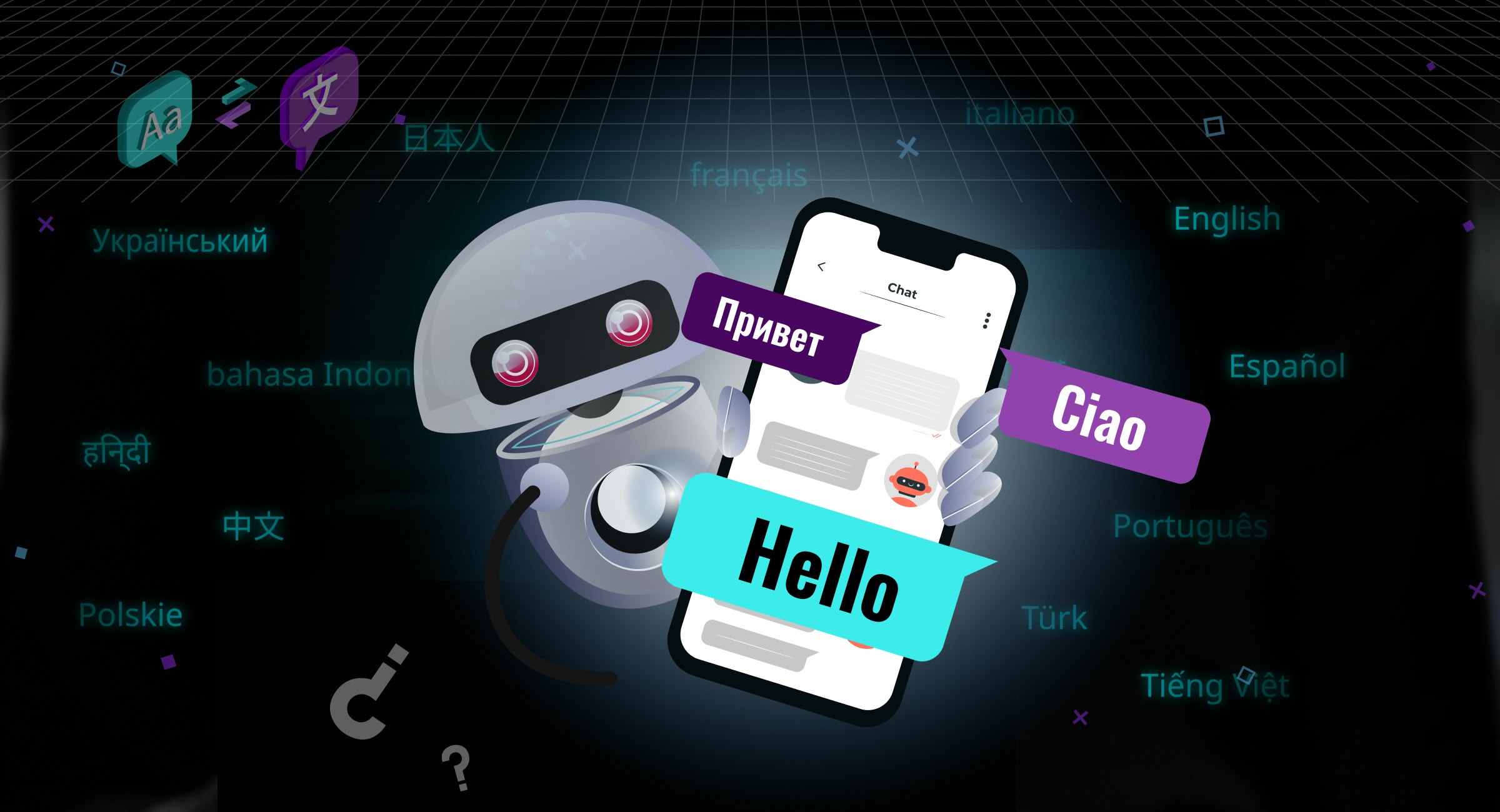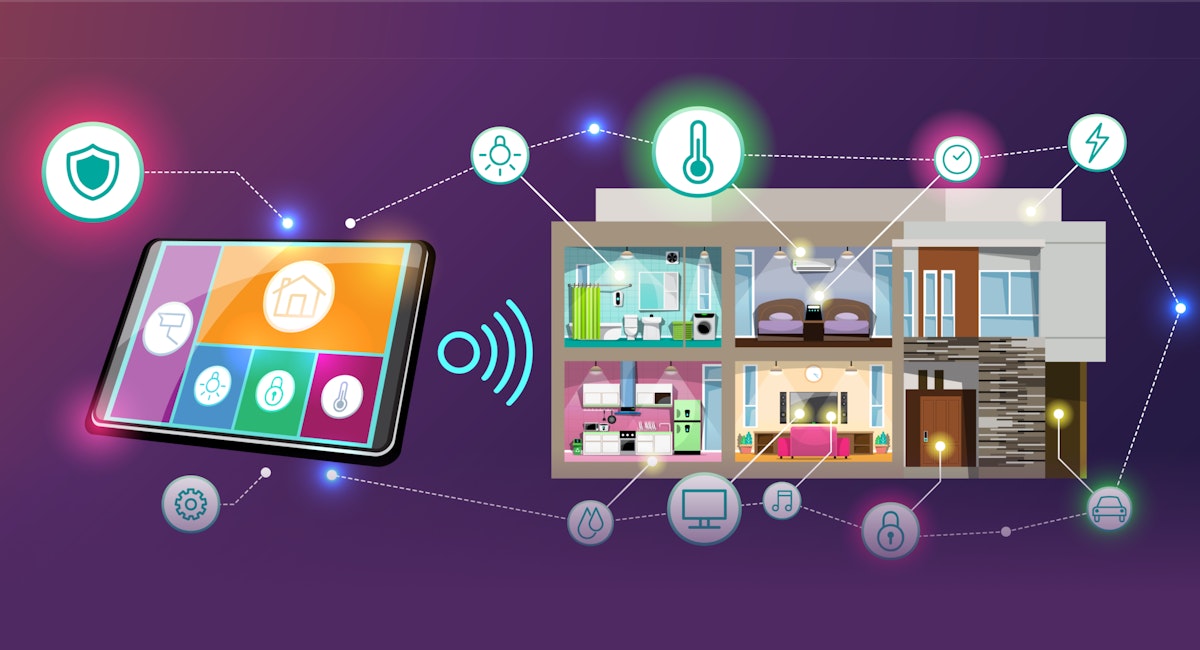Table of Content
Language learning applications make understanding foreign languages accessible to everyone. The in-built features allow users to check their progress in real time and build a personalized language learning program. The personalization aspect is driven by artificial intelligence.
AI-based language learning apps discover the learning gaps and suggest effective changes to deliver a bespoke learning experience. It helps users build the confidence they need to streamline their learning.
With ChatGPT integrated into the language learning system, the users are getting the closest possible connection to a human with a machine. ChatGPT generates coherent responses according to the user’s request and resources to create engaging and interactive conversational experiences.
Let’s know more about ChatGPT development for language learning experiences.
The Landscape of Language Learning Apps
According to Statista, Duolingo generated $25 million and Babbel generated $4 million in September 2023. The online language learning market is expected to grow by $29 billion by 2026. This growth will come from the progress of the existing regional and global vendors like Duolingo, Babbel, Cengage Learning, and Educational Testing Service, among others.
Voice-based AI language learning apps can allow users to interact with a machine voice and practice their speaking skills. The modern-day applications have in-built personalized testing material allowing users to address the practice gap.
Similarly, these applications break down the contextual and pronunciation parts of every word and sentence to allow users to gain a better understanding. Lastly, these app users can learn at their own pace and build a personalized learning experience suited to their requirements.
Benefits of ChatGPT in Language Learning for Teachers and Learners
ChatGPT has been beneficial for users from all walks of life and professional backgrounds. Similarly, these benefits are forwarded to the learners and educators, creating a systematic way for both entities to learn and educate.
Benefits for Teachers
A. Easy Instructional Teaching
Teachers can use ChatGPT to create specific learning modules for each student based on their existing knowledge and understanding of the language.
B. Specific Learning Material
ChatGPT development in language learning models can assist with creating differentiated instructions. Teachers can use ChatGPT prompts to generate learning material based on different frameworks, narratives, and topics.
C. Create Tests & Quizzes
Taking the learning momentum forward, ChatGPT allows users to create learner-specific quizzes and tests. They can plan special activities by first providing the context of a student’s existing knowledge and learning capabilities.
Benefits for Learners
A. Immediate Feedback
ChatGPT can be used to get immediate and personalized feedback. As users are learning a language, they can check their learning progress by submitting answers to ChatGPT or a tool powered by the same technology.
ChatGPT can provide corrections, highlight mistakes, and suggest ways to improve. Using this method, learners can get better at learning a new language and not repeat the same mistakes.
B. Experiential Learning
ChatGPT can create an experiential or real-life situation-based learning method for the learners. Learners respond to real-life situations in a simulated environment, understanding how to respond to the same in actual situations.
This builds the confidence users need to interact with other individuals. Learners can improve their language usage and proficiency.
C. Personalized Recommendations
ChatGPT can create personalized training and learning systems for learners. ChatGPT working in sync with AI technologies can create highly personalized learning environments.
ChatGPT is based on large volumes of datasets, obtained from the web. As these datasets get better in terms of quality and quantity, ChatGPT will keep on providing better responses.
The Integration of ChatGPT in Language Learning
ChatGPT can create human-like text and interact with the users in a similar manner to a human. The integration of ChatGPT in language learning apps can create a unique system for the users to gain comprehensive knowledge of the subject and get responses to their queries.
For integration of ChatGPT into an application, developers will require the API Key from the official website. Using this API Key, the developers can either integrate ChatGPT directly into the app or use the official libraries method to do the same.
Integrating ChatGPT into language learning models can help you build better applications. Some of the benefits users can get include;
Vocabulary Improvement
Check Mistakes in Sentences
Explaining Sentences or Asking for Examples
Practice pronunciation
Creating learning schedule
Conversing with ChatGPT
ChatGPT models integrated into the application can be instructed to provide the users with the answers they need to become better at speaking and understanding a foreign language.
ChatGPT provides access to real-time conversations with the help of AI. This creates an interactive learning environment for the students. As AI can understand a user’s needs, they can learn in an adaptive environment, catering to their niche requirements.
Applications currently using ChatGPT for learning include; LangAI and Speak. These applications use ChatGPT to deliver focused learning instruments to the learners. They have become the end-user’s learning companion helping them in learning new languages on their own with personalized feedback and training.
Features and Capabilities of ChatGPT in Language Learning Apps
ChatGPT provides a conversational way of learning for the learners letting them access information quickly. With ChatGPT integrated into learning environments, the users can benefit from several aspects including;
1. NLP for Conversational Interactions
ChatGPT has advanced natural language processing capabilities. Hence, it can be used to implement a natural learning ecosystem. Its capability to understand context and grammar can create a systematic learning experience for the students.
2. Personalized Learning Schedules
ChatGPT can adapt the learning system according to the learner’s capabilities and needs. As a result, anyone using ChatGPT-enabled apps can address their specific needs in language learning and create a unique journey.
3. Multi-Language Support
In addition to the primary English language, ChatGPT can support over 50 languages. It has been trained on a large dataset of these languages. However, it has extensive support for Spanish, French, Chinese, Japanese, Russian, and German, among others.
4. Speaking Practice with ChatGPT
As ChatGPT can understand the context and situations, it can help users practice by generating dialogues in a foreign language. This can help the users learn about sentence creation, word usage, and grammar.
Challenges and Considerations for Integrating ChatGPT into Language Learning Apps
Ensuring ChatGPT’s accuracy to help with learning a language is a significant challenge facing the community, at present. Since ChatGPT is trained on a vast amount of data, the responses ChatGPT generates depend on the accuracy of that data.
ChatGPT is closed-source and the developers of language learning applications don’t have control or authority over the data input. It is possible for ChatGPT to give wrong answers.
The potential for mistakes is even higher with languages with complex syntax like Mandarin or complex grammar like Hungarian.
Considerations for Integrating ChatGPT into Learning Apps
A. Privacy and Data Security
ChatGPT is constantly learning, and the questions users ask become fodder for ChatGPT to learn more. Hence, the private information shared by users can raise privacy concerns. There are risks associated with the storage, collection, and utilization of the user’s private information.
B. Automation Masks the Human Touch
Learning is a highly individual process. While some learners are comfortable with learning through apps, videos, etc. others need a human touch to understand better. Hence, ChatGPT-enabled learning applications must find ways to balance automated learning with humanized learning.
How to Develop a ChatGPT-Powered Language Learning App?
Let’s see how ChatGPT can be used for language learning.
Get API Access: Begin by accessing OpenAI API, which is available on the official website. First, you will have to register and then get the API keys.
Select Integration Model for ChatGPT App Development:
OpenAI allows app developers to integrate ChatGPT in two ways;
- Direct API Calls
- Through official ChatGPT Libraries
With direct API calls, the developers will have better control and flexibility to customize their ChatGPT to fit their development needs.
For integrating ChatGPT, developers must secure the ChatGPT API Key and OpenAI documentation. They can continue to use the tools and resources according to their preferences for AI app development.
To build an application that users will engage with, make sure to;
- Create an intuitive interface with clear navigation.
- Offer personalized learning experiences powered by ChatGPT.
- Add gamification elements like badges, levels, etc. in the application.
- Include AI-enabled progress tracking and feedback mechanism.
E-Learning & Education App Development Solution
Explore NowTo Sum It Up
Integrating ChatGPT into language learning applications will make them better. ChatGPT allows learners to access real-time feedback and a personalized learning environment. However, the developers must cater to privacy and security concerns while building an intuitive and performance-ready application.
At Intuz, we excel at AI development for language learning applications. Working with us will allow you to deliver an engaging application to your users and gain their trust. Get in touch.






